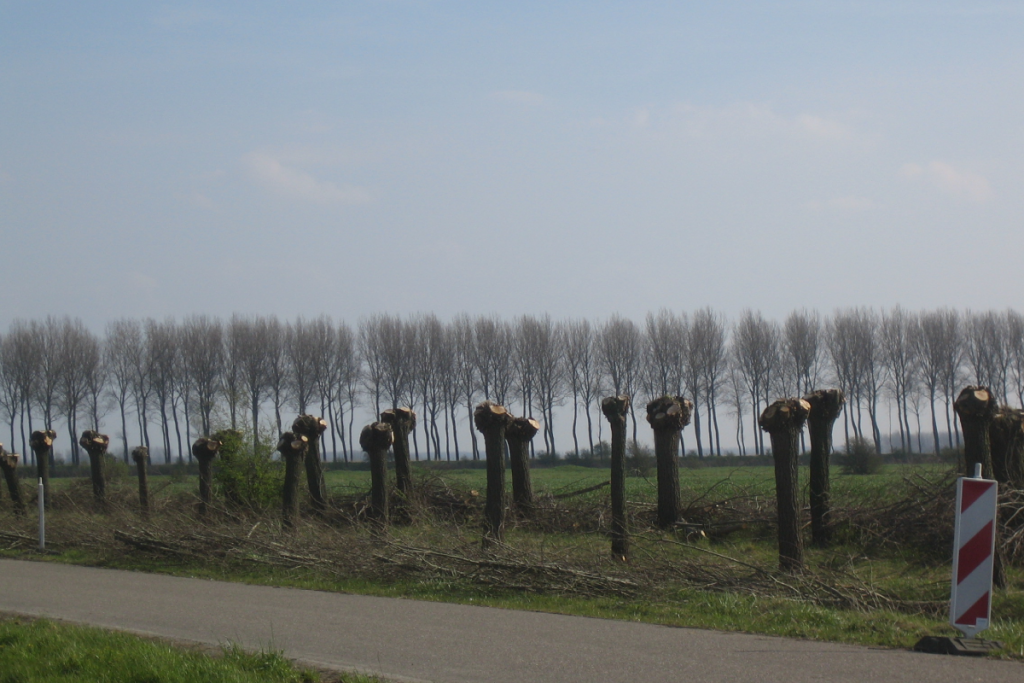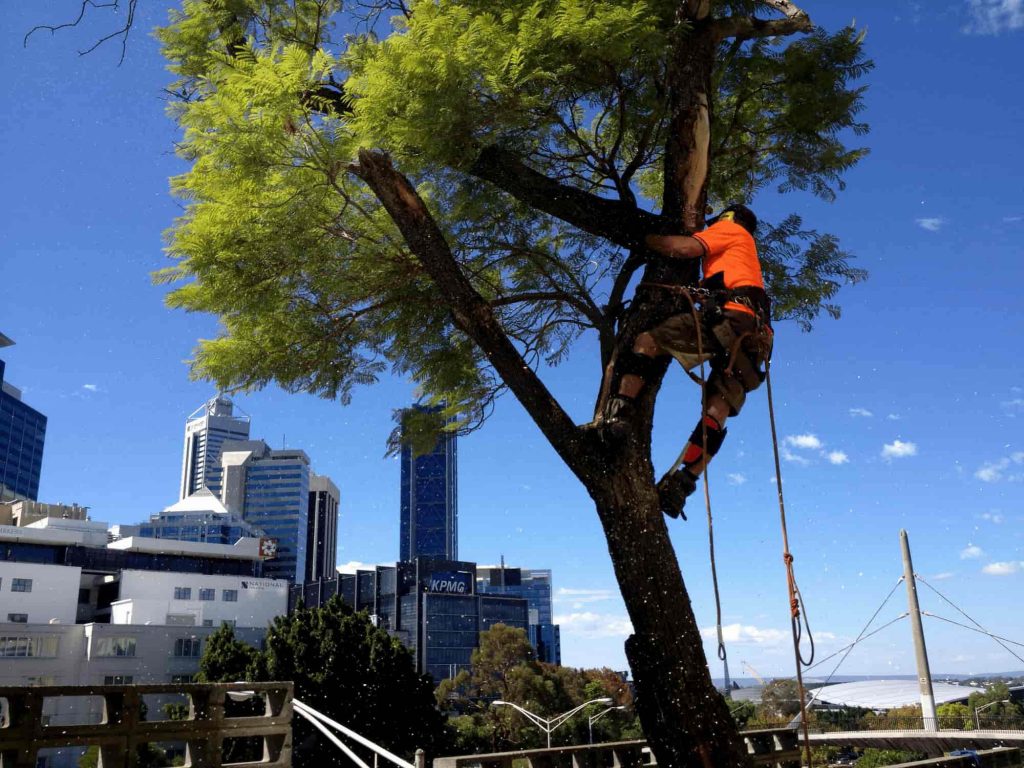In the world of tree care and arboriculture, there is so much terminology being thrown around that it can feel almost impossible to keep up – particularly when it comes to pruning. Between pruning, lopping, coppicing, trimming, and pollarding, how does one differentiate and determine which method best suits their needs and requirements? Often many of the terms are used interchangeably, even though they vary in methodology, such as pruning, and trimming.
In this article, however, we’re going to focus on the pruning method, pollarding. What is it? What is its purpose? When is it appropriate to start pollarding a tree and how often should you do it? Here’s everything you need to know…
What is pollarding?

The word “poll” was an archaic meaning for head, with the term “to poll”, being a verb for ‘to crop the hair’. This is where the tree care name “pollarding” originated from.
Traditionally, pollarding was a preferred tree care method over coppicing (a pruning technique where a tree or shrub is cut to ground level. Resulting in regeneration of new stems from the base) in wood pastures and other grazed areas.
Copping, however, was a problem for any woodsman who owned livestock as well. This was because having trees and plants cut to ground level meant that they could easily be accessed by grazing animals. The moment the coppiced trees stemmed new growth, they would be eaten.
The next solution then was to pollard instead; a pruning technique where trees and shrubs were pruned to a certain height – way out of reach of pesky grazers.
Today, pollarding is a widely used technique and it isn’t necessarily suitable only for those with grazing animals on their property. Let’s take a closer look at pollarding and its potential uses.
What is the use of pollarding?
In essence, pollarding is a tree pruning method intended to keep trees smaller than they would naturally grow to. This is typically started when a shrub reaches a certain height, at which point annual pollarding will begin to limit the plant’s growth and maintain its height. That said, pollarding can be used for a variety of different reasons, such as:
- Ensuring that trees do not outgrow an allotted space
- Reducing the amount of shade cast by a tree
- To prevent the obstruction of electrical wires and streetlights.
Here are some examples of the types of trees and shrubs that can be pollarded effectively:
- Ash
- Beech
- Chestnut
- Common lime
- Elder
- Elm
- Gum
- Hornbeam
- Mulberry
- Oak
- Tulip trees

When should I start pollarding my trees?
Pollarding trees is typically best utilised when trees are dormant during the winter months. It is much easier to see the shape that you are aiming for when the leaves of deciduous trees have fallen. Additionally, there will be less stress on the trees as there will be a minimal amount of sap lost.
Furthermore, fungal infections and insect infestations are far less common during the winter months, which is important when pruning trees and effectively creating wounds.
There are certain exceptions when it comes to pollarding, which is why you should always consult a professional arborist if you are unsure.
Just remember to contact your local authorities before performing any extensive tree care and maintenance work, particularly if you live in or near a conservation area.
How often should a tree be pollarded?
You can pollard a tree annually, and this could be carried out every couple of years to avoid any issues. Generally speaking, we would suggest hiring a professional arborist to carry this out on your behalf.
If, however, you would prefer to save your money then consider the following options first:
- Only plant trees that are small enough to fit in allotted space and won’t outgrow it
- Consider other pruning options that are better suited to larger trees, such as crown thinning.
How do you pollard a tree?
If you would like to give pollarding a go yourself, then here’s everything you need to know.
Once a young tree has reached a desirable height and you wish to maintain it, you can begin the pollarding process:
- On a shrub you may have a single stem cut to a metre in height – a mass of stems will then grow from the top
- On a tree, it is typical for you to leave the trunk supporting at least 3 to 5 branches – all of which are cut back to a desirable length so that twiggy growths may appear at the ends.
In the beginning, any new branches are weak as they grow quickly from underneath the bark itself, rather than from within the tree. However, as the wood begins to establish its annual growth rings, the union will strengthen, thus forming a thickened base that has shoots that meet the trunk. Over time, a thick pollard head will form where new shoots grow each year.
If this process seems a little overwhelming to you, we would highly recommend you use a tree surgeon instead. The fact is, there is a right and a wrong way and if you are to over-prune a tree you can cause irreparable damage and even kill it.
Conclusion
Make sure that you consult with an arborist for advice before you begin the pollarding process – whether by yourself or with professional assistance. This is because pollarding is a specialist technique that isn’t suited to all tree types. In fact, when used on certain species, it can be detrimental, rather than beneficial.
If you would like to seek further information and advice, check out some established arborists such as Lakeside Trees and Stumps – there you will find all the help you need to properly tend to your trees and keep them looking beautiful all year round.



